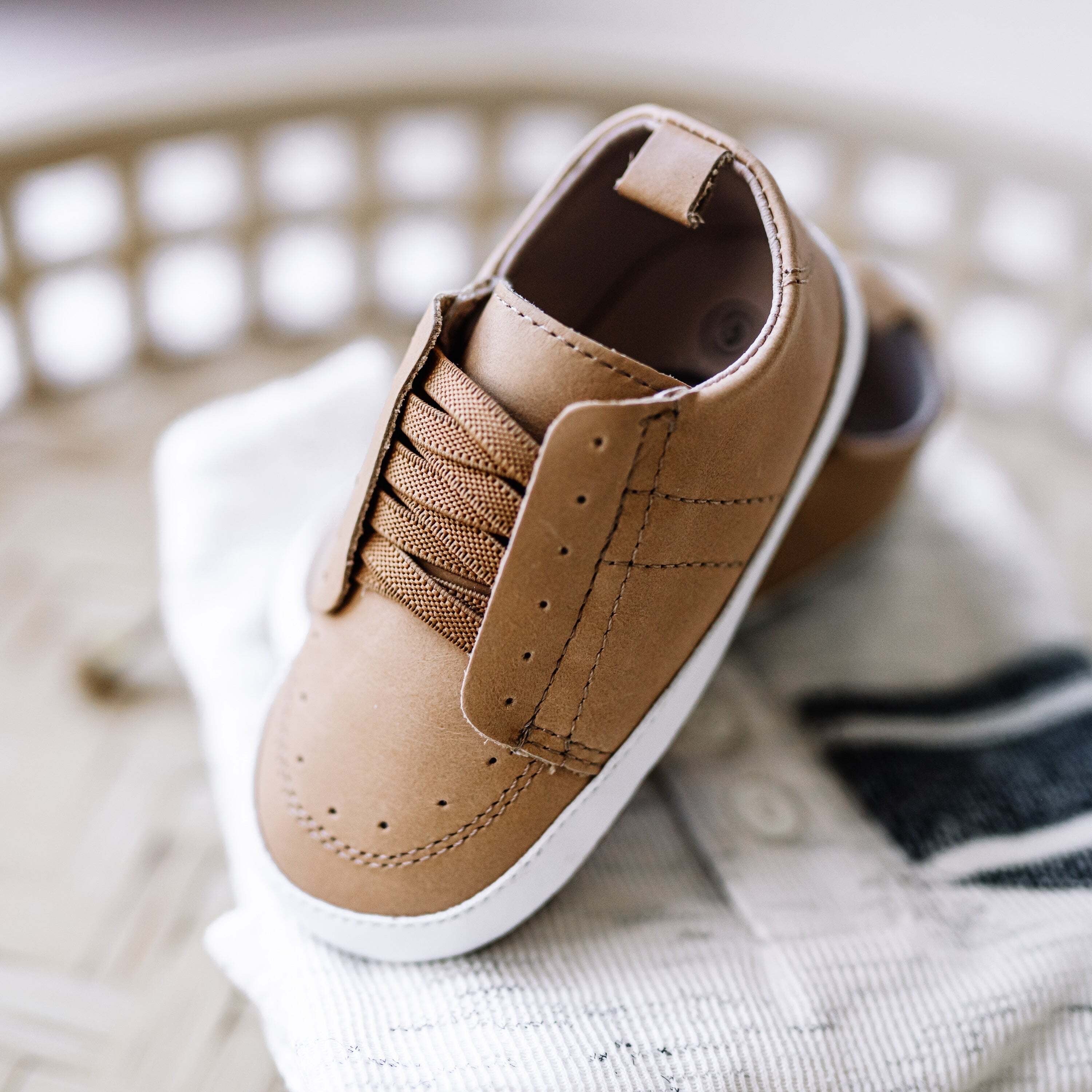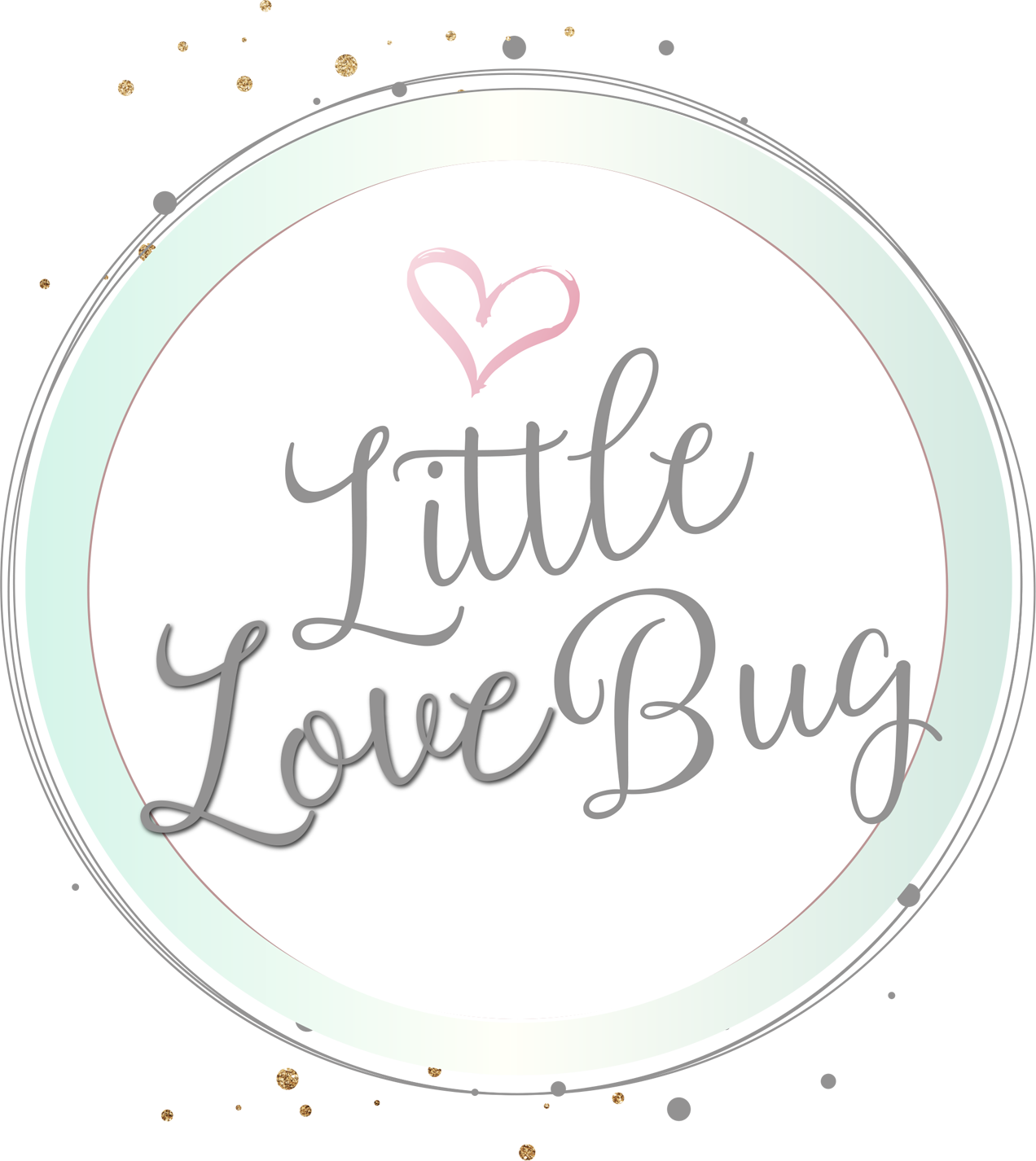Hand foot mouth is a contagious viral infection that can cause painful sores in the mouth and on the hands and feet. It is commonly seen in young children and can be difficult to get rid of. If your child has been infected with hand foot mouth, it is important to take action quickly to reduce the severity and duration of the infection. In this blog post, we will provide you with the tips and tricks you need to get rid of hand foot mouth fast.
What is Hand Foot Mouth Disease?
Hand Foot Mouth Disease (HFMD) is a contagious viral infection that mostly affects infants and children under the age of five. It is caused by the Coxsackievirus A16 virus, which is a member of the enterovirus family. The virus is usually spread through close contact with an infected person or through contact with objects that have been contaminated with their saliva or other bodily fluids.
The incubation period for HFMD is typically around three to six days before any symptoms begin to show. The most common symptoms include fever, sore throat, and mouth sores. Other signs may include loss of appetite, redness and blisters on the hands and feet, as well as rash on the palms and soles. In some cases, mild abdominal pain and a headache may also occur.
It is important to note that if any of the above mentioned symptoms appear, you should seek medical advice right away. Your doctor will be able to confirm if you or your child have HFMD and can provide advice on the best course of treatment.
The incubation period
Hand foot mouth disease (HFMD) is highly contagious and the incubation period for the virus is three to six days. This means that a person may not show any signs of infection for several days after coming into contact with an infected individual or contaminated objects. During this time, the virus is multiplying in the body and can be spread to other people. It is important to note that someone can spread HFMD even before they start showing any symptoms.
The symptoms
The symptoms of hand foot and mouth disease usually develop 5 to 7 days after exposure and typically last 7 to 10 days. Common symptoms include:
-Loss of appetite
-Mouth sores, which are small red spots that can be painful. These can be on the tongue, gums, the inside of the cheeks, and the roof of the mouth.
-A skin rash with raised bumps or flat patches on the palms, soles of feet, knees, elbows, buttocks, and sometimes on the chest and back. The bumps may be itchy.
-Tiredness and fatigue.
It is important to note that adults can also get hand foot and mouth disease, but typically experience milder symptoms than children. If you or your child experiences severe symptoms like high fever, severe headache, stiff neck, or if the rash does not improve after a few days, then you should contact your doctor for further evaluation.
When to see a doctor
It is important to consult a doctor if your child has hand foot and mouth disease. While most cases of the virus can be treated with rest, fluids and home remedies, it’s important to ensure that the symptoms are not indicative of another underlying medical condition. Certain symptoms may require the attention of a doctor such as high fever, dehydration, difficulty breathing, or any signs of skin infection. In cases like these, a doctor should be seen as soon as possible to ensure that the child gets the treatment they need.
Additionally, children who are younger than six months old should be brought in to see a doctor if they show any signs of the disease. Since infants have weaker immune systems, they may be more prone to severe symptoms. It is important to monitor their condition and seek medical attention if necessary.
Furthermore, any children who are displaying severe symptoms should also be taken to the doctor. Severe symptoms may include difficulty swallowing, severe dehydration, mouth ulcers that do not heal, excessive drooling or vomiting, or any extreme discomfort. If any of these symptoms occur, it’s important to seek medical attention right away to prevent further complications.
The treatment
When it comes to treating hand, foot and mouth disease, there is no specific cure. The best approach is to ease the symptoms while the body fights off the infection. Treatment usually involves medications to reduce fever and pain, as well as plenty of rest.
The most important treatment for HFMD is keeping the affected person comfortable. Over-the-counter (OTC) pain relievers like acetaminophen or ibuprofen can help reduce fever and pain, but be sure to follow the instructions on the label. Do not give aspirin to children under 18 years old.
Your doctor may also suggest antiviral medications such as oral or intravenous acyclovir if your child has a severe case.
If there is an open wound or blister, keep it clean and covered with a bandage or other dressing. Oral hygiene should be encouraged, as mouth sores can make it difficult for a child to brush their teeth.
Finally, make sure your child gets plenty of rest. If the child’s fever does not subside with OTC medication or home remedies, call your doctor immediately.
Home remedies
Although there is no cure for hand, foot and mouth disease, there are several home remedies that can help to alleviate the symptoms. These include:
1. Drink plenty of fluids: Staying hydrated helps your body fight off the virus and reduce fever. Make sure to drink plenty of water and other fluids such as herbal teas or freshly squeezed juices.
2. Get plenty of rest: The infection can be exhausting, so it's important to take some time to rest and recuperate. Make sure to get at least 8 hours of sleep every night.
3. Use a cool compress: Applying a cool compress to areas of the body affected by the rash can help reduce inflammation and itching.
4. Take an oatmeal bath: Oatmeal has anti-inflammatory properties that can help soothe the skin and reduce itching. You can buy an oatmeal bath mix at most pharmacies or make your own with oats, baking soda, and water.
5. Avoid acidic or spicy foods: Spicy and acidic foods may irritate the skin further and cause more discomfort. Try to avoid citrus fruits, tomatoes, and spicy dishes while you have the virus.
6. Keep your hands clean: Regularly washing your hands with soap and warm water can help stop the spread of the virus. Be sure to wash your hands after touching any area of the body affected by the rash.
7. Use topical treatments: Applying an over-the-counter topical treatment like calamine lotion or hydrocortisone cream may help relieve itching and pain.
Prevention
The best way to prevent hand foot and mouth disease is to practice good hygiene. Be sure to wash your hands often with soap and water, especially after coming into contact with someone who is sick or touching any surfaces that might be contaminated. Avoid sharing eating utensils, cups, and other items with people who may be infected.
It is also important to keep up with vaccinations to help prevent the spread of the virus. Immunization against the virus can help reduce the risk of infection.
In addition, it’s important to keep your home and work environment clean and disinfected. This means regularly cleaning and disinfecting surfaces such as tables, doorknobs, light switches, counters, sinks, and toilets.
Finally, be sure to teach children proper handwashing techniques and other healthy habits to help avoid the spread of this contagious disease.
What is Hand Foot Mouth Disease?
Hand Foot Mouth Disease (HFMD) is a contagious viral infection that mostly affects infants and children under the age of five. It is caused by the Coxsackievirus A16 virus, which is a member of the enterovirus family. The virus is usually spread through close contact with an infected person or through contact with objects that have been contaminated with their saliva or other bodily fluids.
The incubation period for HFMD is typically around three to six days before any symptoms begin to show. The most common symptoms include fever, sore throat, and mouth sores. Other signs may include loss of appetite, redness and blisters on the hands and feet, as well as rash on the palms and soles. In some cases, mild abdominal pain and a headache may also occur.
It is important to note that if any of the above mentioned symptoms appear, you should seek medical advice right away. Your doctor will be able to confirm if you or your child have HFMD and can provide advice on the best course of treatment.
The incubation period
Hand foot mouth disease (HFMD) is highly contagious and the incubation period for the virus is three to six days. This means that a person may not show any signs of infection for several days after coming into contact with an infected individual or contaminated objects. During this time, the virus is multiplying in the body and can be spread to other people. It is important to note that someone can spread HFMD even before they start showing any symptoms.
The symptoms
The symptoms of hand foot and mouth disease usually develop 5 to 7 days after exposure and typically last 7 to 10 days. Common symptoms include:
-Loss of appetite
-Mouth sores, which are small red spots that can be painful. These can be on the tongue, gums, the inside of the cheeks, and the roof of the mouth.
-A skin rash with raised bumps or flat patches on the palms, soles of feet, knees, elbows, buttocks, and sometimes on the chest and back. The bumps may be itchy.
-Tiredness and fatigue.
It is important to note that adults can also get hand foot and mouth disease, but typically experience milder symptoms than children. If you or your child experiences severe symptoms like high fever, severe headache, stiff neck, or if the rash does not improve after a few days, then you should contact your doctor for further evaluation.
When to see a doctor
It is important to consult a doctor if your child has hand foot and mouth disease. While most cases of the virus can be treated with rest, fluids and home remedies, it’s important to ensure that the symptoms are not indicative of another underlying medical condition. Certain symptoms may require the attention of a doctor such as high fever, dehydration, difficulty breathing, or any signs of skin infection. In cases like these, a doctor should be seen as soon as possible to ensure that the child gets the treatment they need.
Additionally, children who are younger than six months old should be brought in to see a doctor if they show any signs of the disease. Since infants have weaker immune systems, they may be more prone to severe symptoms. It is important to monitor their condition and seek medical attention if necessary.
Furthermore, any children who are displaying severe symptoms should also be taken to the doctor. Severe symptoms may include difficulty swallowing, severe dehydration, mouth ulcers that do not heal, excessive drooling or vomiting, or any extreme discomfort. If any of these symptoms occur, it’s important to seek medical attention right away to prevent further complications.
The treatment
When it comes to treating hand, foot and mouth disease, there is no specific cure. The best approach is to ease the symptoms while the body fights off the infection. Treatment usually involves medications to reduce fever and pain, as well as plenty of rest.
The most important treatment for HFMD is keeping the affected person comfortable. Over-the-counter (OTC) pain relievers like acetaminophen or ibuprofen can help reduce fever and pain, but be sure to follow the instructions on the label. Do not give aspirin to children under 18 years old.
Your doctor may also suggest antiviral medications such as oral or intravenous acyclovir if your child has a severe case.
If there is an open wound or blister, keep it clean and covered with a bandage or other dressing. Oral hygiene should be encouraged, as mouth sores can make it difficult for a child to brush their teeth.
Finally, make sure your child gets plenty of rest. If the child’s fever does not subside with OTC medication or home remedies, call your doctor immediately.
Home remedies
Although there is no cure for hand, foot and mouth disease, there are several home remedies that can help to alleviate the symptoms. These include:
1. Drink plenty of fluids: Staying hydrated helps your body fight off the virus and reduce fever. Make sure to drink plenty of water and other fluids such as herbal teas or freshly squeezed juices.
2. Get plenty of rest: The infection can be exhausting, so it's important to take some time to rest and recuperate. Make sure to get at least 8 hours of sleep every night.
3. Use a cool compress: Applying a cool compress to areas of the body affected by the rash can help reduce inflammation and itching.
4. Take an oatmeal bath: Oatmeal has anti-inflammatory properties that can help soothe the skin and reduce itching. You can buy an oatmeal bath mix at most pharmacies or make your own with oats, baking soda, and water.
5. Avoid acidic or spicy foods: Spicy and acidic foods may irritate the skin further and cause more discomfort. Try to avoid citrus fruits, tomatoes, and spicy dishes while you have the virus.
6. Keep your hands clean: Regularly washing your hands with soap and warm water can help stop the spread of the virus. Be sure to wash your hands after touching any area of the body affected by the rash.
7. Use topical treatments: Applying an over-the-counter topical treatment like calamine lotion or hydrocortisone cream may help relieve itching and pain.
Prevention
The best way to prevent hand foot and mouth disease is to practice good hygiene. Be sure to wash your hands often with soap and water, especially after coming into contact with someone who is sick or touching any surfaces that might be contaminated. Avoid sharing eating utensils, cups, and other items with people who may be infected.
It is also important to keep up with vaccinations to help prevent the spread of the virus. Immunization against the virus can help reduce the risk of infection.
In addition, it’s important to keep your home and work environment clean and disinfected. This means regularly cleaning and disinfecting surfaces such as tables, doorknobs, light switches, counters, sinks, and toilets.
Finally, be sure to teach children proper handwashing techniques and other healthy habits to help avoid the spread of this contagious disease.


